|
|
|
|
|
|
|
|
Photo Gallery for Cemophora coccinea - Common Scarletsnake
| 16 photos are shown. |
 | Recorded by: Michele Connors
Carteret Co.
Comment: |  | Recorded by: G. Newman
Carteret Co.
Comment: |
 | Recorded by: Chuck Miller
New Hanover Co.
Comment: | 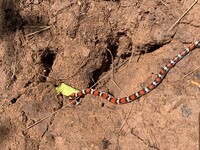 | Recorded by: A. Ledford
Wake Co.
Comment: |
 | Recorded by: Mark Shields
Onslow Co.
Comment: | 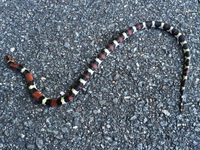 | Recorded by: M. Griffin
Stokes Co.
Comment: |
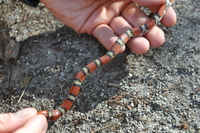 | Recorded by: K. Bischof
Beaufort Co.
Comment: | 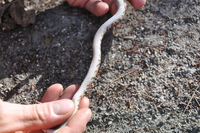 | Recorded by: K. Bischof
Beaufort Co.
Comment: |
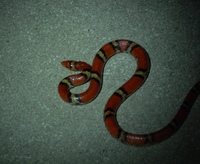 | Recorded by: Chris Helms
Columbus Co.
Comment: | 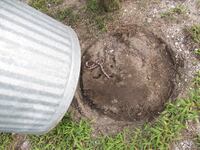 | Recorded by: K. Bischof
Beaufort Co.
Comment: |
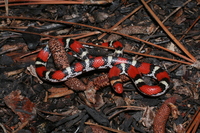 | Recorded by: E. Corey
Cumberland Co.
Comment: |  | Recorded by: E. Corey
Cumberland Co.
Comment: |
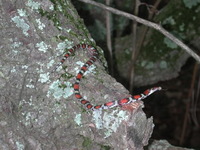 | Recorded by: J. Shimel, J. Davis
New Hanover Co.
Comment: |  | Recorded by: J. Banks, K. Thompson
Bladen Co.
Comment: |
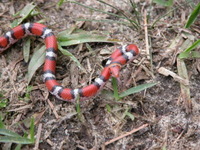 | Recorded by: J. Banks, K. Thompson
Bladen Co.
Comment: |  | Recorded by: Brian Bockhahn
Wake Co.
Comment: |
|

 »
» 


 »
» 
